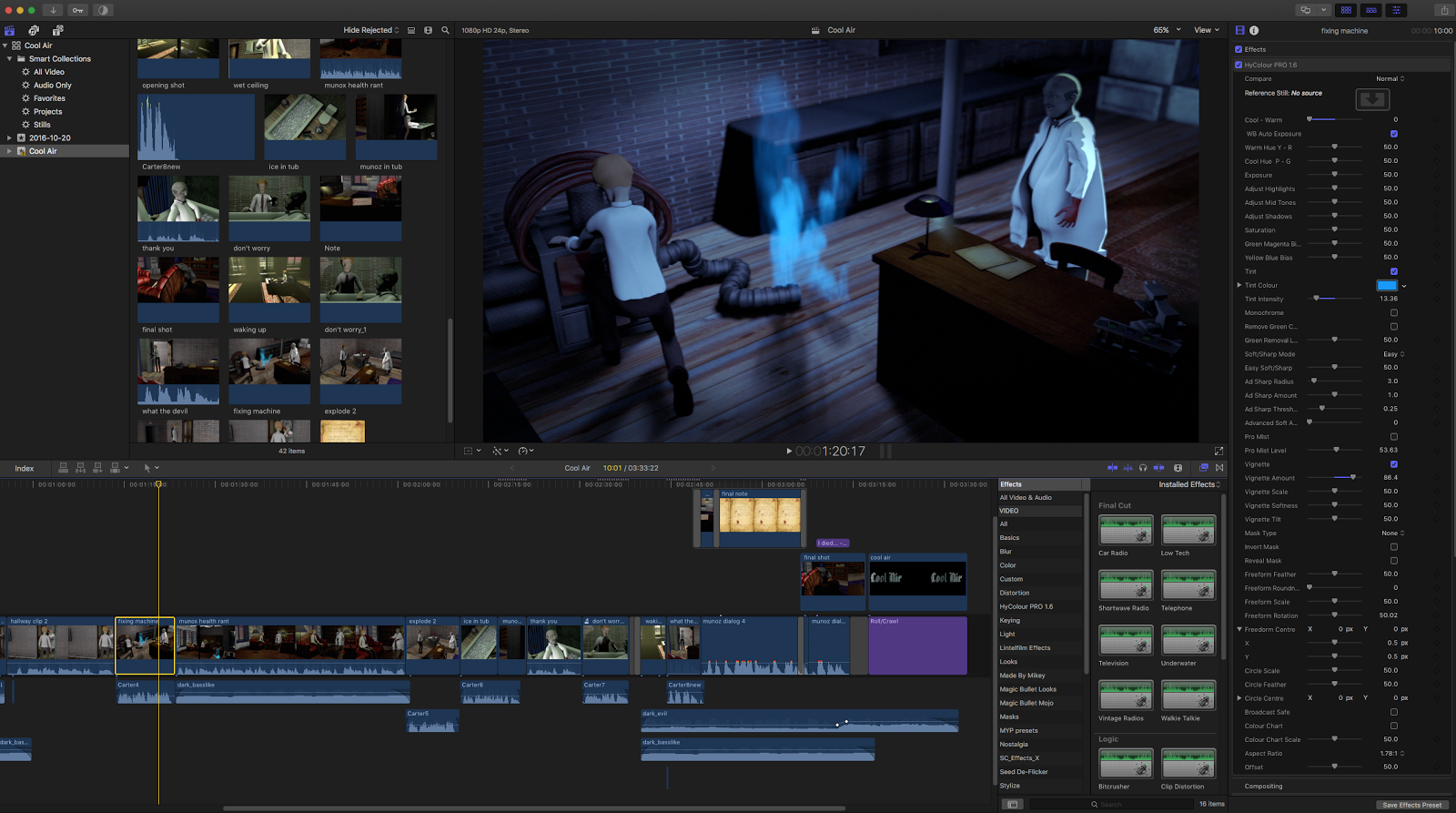
You start by using the grid tool to define a perspective.
So what does it do and how does it work? It lets you create shapes in a perspective and then gives you the ability to manipulate them there. I can’t stop spamming this emote 😍 at it. It really makes that come together! The best part is, if we want to change this later, it’s a trivial change of just reseting the effect on the gradient. Stylistically it is fine and looks nice, but see what happens when we add some noise to the composition. Take a look here, we have this bridge with no noise texture. What this little slider does is smash that workflow into one easy input. In many tools, adding noise to a shape is an involved process of first adding a filter or effect to a shape layer and then masking the effect away with a gradient. It took me a year before I even noticed it and tried it, but, once I did, it blew me away. The gradient noise toolĬomically small and criminally underrated, there is a tiny slider underneath most places in the UI where you choose a color picker. I’d like to pick out three things I’ve found in Affinity Designer that have made my workflow breezy. Times are shifting more these days, and that product pool is widening and getting better. When I first learned to make vector art, there was basically Adobe Illustrator as the industry standard and then a handful of other programs that serviced more specific needs. If you have no idea what Affinity Designer is, I don’t blame you.


3 ways Affinity Designer can make you a faster illustrator


 0 kommentar(er)
0 kommentar(er)
